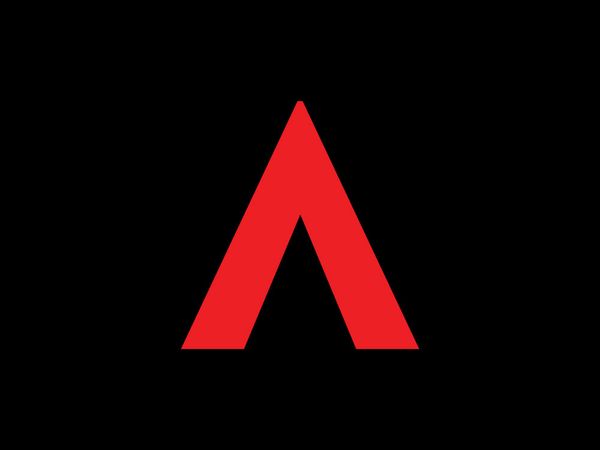The GP2 and GP3 Series will complete an intense month of racing this weekend with their biennial trips to Hockenheim, the fourth rounds in a little over four weeks.
For GP2, the P Zero While medium and P Zero yellow soft tyres have been nominated, while GP3 will have the soft tyres as the single compound available.
Hockenheim is not one of the season’s most demanding circuits on tyres, but it does contain a number of different challenges, with lots of traction and braking chief among them. The weather can also be a significant factor, as temperatures can be very high in the middle of the European summer, but cool and/or wet conditions are also common.
Pirelli’s racing manager says:
Mario Isola: “Although, like Formula 1, we do not go to Hockenheim every year, this will be the third time that Pirelli has supplied GP2 there and the fourth visit for GP3, so we know the challenges fairly well. In GP2 it is the first time the medium and soft have been used together this year, and there could be some interesting strategies on a track the teams are not as familiar with as others. The relatively low demands on the tyres means GP3 returns to the softest available compound, but drivers will still need to manage their tyres well, particularly at the rear under acceleration.”
The challenge for the tyres:
On the whole, Hockenheim is characterised by slow to medium speed corners connected by fast straights. Traction and braking are therefore key, with lots of acceleration and deceleration. Looking after the rear tyres is important, even though a very smooth surface helps to limit degradation.
There are some fast corners however, in particular Turn 5, a protracted left-hander that forms the longest high-speed section on the circuit and where the most energy goes through the tyres.
Weather conditions can be very changeable, with a wide range of different temperatures possible and rain also a possibility. In 2014, the Saturday races took place in ambient temperatures as high as 38 degrees, while the Sunday races were in cooler, wet conditions.
The race and the rules:
GP2
Every car will have five sets of dry tyres and three sets of wet weather tyres available for the GP2 race weekend. The five sets of dry tyres comprise three sets of the medium compound and two sets of the soft compound.
The drivers can use their tyre allocation in any way they like, but at least one set of each compound must be used in the feature race (unless it is a wet race). One set of the harder compound must be returned after free practice.
Qualifying takes place at 15:55 on Friday, after practice at 12:00. The feature race on Saturday at 15:40 lasts 38 laps and each driver must complete one compulsory pit stop. This cannot take place within the first six laps. Unlike Formula 1, the drivers do not have to start the race using the tyres they qualified on.
The grid for the sprint race on Sunday at 10:25 is determined by the finishing order of the first race, with the top eight positions reversed. It is run over 27 laps, with no compulsory pit stops.
GP3
Every car will have three sets of dry tyres and two sets of wet weather tyres available for the GP3 race weekend. Only one compound is nominated: medium for this weekend. The drivers can use the tyre allocation in any way they like.
Drivers are allowed to carry over one tyre set from the previous round for use in free practice only. This will also be the medium tyre, from Silverstone.
GP3 qualifying takes place at 09:45 on Saturday morning, after a single free practice session on Friday at 17:50. Race One starts at 17:15 on Saturday and lasts for 24 laps, followed by Race Two at 09:15 on Sunday (lasting 18 laps). The grid for Race Two is determined by the finishing order of the first race, with the top eight positions reversed.



























